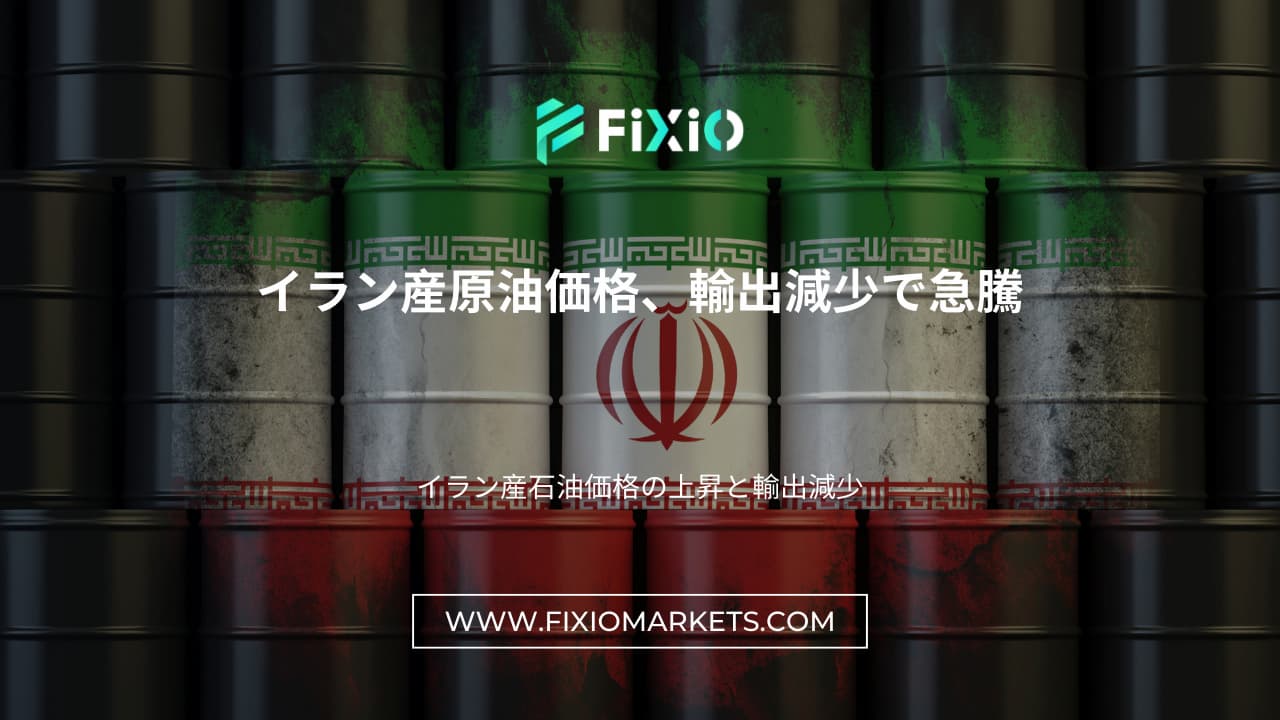
The price of Iran oil prices sold to China has surged to its highest level in years. This comes after a significant drop in Iranian oil exports. Lower shipments, combined with rising tensions in the Middle East, have led to a tightening of price discounts. Consequently, Iranian oil prices have increased, especially for Chinese refineries that rely on this crucial source of crude.
For over a decade, Iranian crude has been a key component of China’s energy imports. However, the shifting dynamics in the global oil market, along with the re-imposition of sanctions by the U.S., have complicated the flow of Iran oil prices to China. Despite this, Chinese independent refiners, known as teapots, continue to buy Iranian crude. But with exports declining, the prices are climbing steadily.
In recent months, Iranian oil exports have dropped sharply. In October, exports were significantly lower than previous months. This reduction has led to a tightening of discounts for Iranian Light and Heavy crudes. Discount rates are now the narrowest they've been in five years, causing an increase in Iran oil prices.
The discount for Iranian Light crude has now narrowed to under $4 per barrel compared to the global benchmark. Similarly, Iranian Heavy crude has a discount of about $7. This shift in pricing comes at a time when the global oil market is already volatile due to geopolitical uncertainties, making Iran oil prices even more crucial for China's energy strategy.
China's independent refiners, often referred to as teapots, are facing one of their toughest periods in years. With production running at less than 50% capacity, many of these refineries are struggling to stay profitable. Rising Iran oil prices further exacerbate their financial strain.
The teapots play a critical role in China’s oil import strategy, stepping in when the state-owned refiners pull back due to political pressures, particularly from U.S. sanctions. These independent refineries are also dealing with the effects of a slow recovery in Chinese fuel demand, which has compounded their difficulties. As Iran oil prices rise, these refiners are finding it increasingly difficult to operate at full capacity.
Tensions in the Middle East have added further uncertainty to the situation. The potential for disruptions to oil supplies from Iran due to regional conflicts has kept the market on edge. For instance, fears of Israeli retaliation against Iranian oil facilities earlier this year led to temporary declines in Iran oil prices and exports.
Despite these concerns, the actual impact on Iran oil prices has been smaller than initially expected. Kpler, a global oil data provider, reported a drop of 340,000 barrels per day in Iran's oil exports in October. Nevertheless, even small disruptions like pipeline leaks at Kharg Island have contributed to delays and reduced shipments, leading to further fluctuations in Iran oil prices.
As global oil prices remain volatile, Iranian oil continues to play a significant role in China's energy mix. However, declining exports and tightening price discounts are forcing Chinese refineries to adapt to changing market conditions. With geopolitical tensions persisting, the price of Iranian oil could continue to fluctuate. The ability of China's independent refiners to cope with these changes will be key to understanding future trends in Iran oil prices.
For further insights on related topics, visit our Prex Blogs
Iran oil prices to China rise sharply as exports decline, tightening discounts and affecting Chinese refineries.
Superior trade execution & trading conditions with the NDD method.

The online FX industry provides a platform for investors worldwide to engage in the buying and selling.

Subscribe to our daily newsletter and get the best forex trading information and markets status updates
Trade within minutes!
Comment (0)